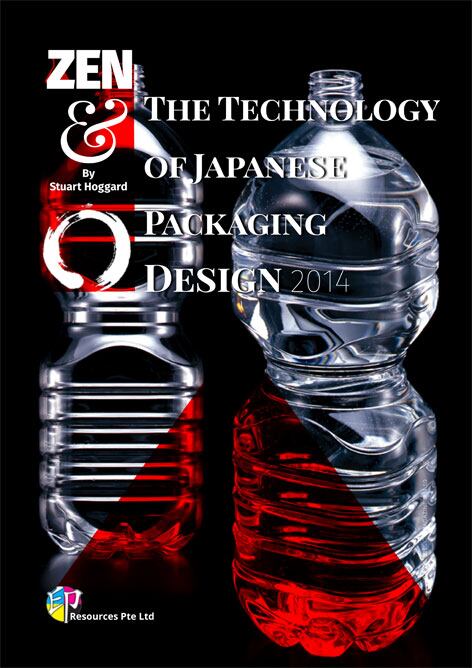He has written a market trends report called Zen & the Technology of Packaging in Japan, about the evolving retail landscape in the country and says the weekly consumer-shopping trip is now uncommon in Japan.
The second largest retail market in the world

Hoggard told FoodProductionDaily by value, Japan is the second largest retail market in the world, after the US because in China, most people still shop at street markets.
He said before the Tsunami of 2011, the main retail chains operated a total of 41,663 convenience stores. In 2012, that increased by 13.4% to 48,139; another 3,700 stores opened by 2013, bringing the total number of ‘konbini’s’to 56,820.
“Without a doubt, Japanese packaging technology is the most advanced in the world - it usually takes about eight years for a Japanese innovation to make it to Western supermarket shelves (for example the flexible packaging stand-up pouch),” he said.
“For more than a decade, big city centre department stores and supermarkets have been losing market share in Japan and the ‘big three’ retailers, Family Mart, Lawsons and 7&I (Seven Eleven) have been investing in opening convenience stores with an average floor area of less than 100m²,” he said.
“By 2020, most urban Japanese will live no further than 200 meters from a convenience store operated by one of the three operators.”
Just-In-Time supply chain management

Hoggard added for a convenience store to be convenient, it has to carry a wide product range but fewer SKUs. Retailers are aggressively deploying Just-In-Time (JIT) supply chain management and exerting pressure on their suppliers for smaller product shipments that can be unpacked faster, are easily stacked and displayed, and generate less in-store packaging waste which has to be disposed of.
“Japan will influence the rest of the world in its shopping behaviours and it already has if you look at Tesco or Marks and Spencer (M&S) with the expansion of its small format stores (Tesco Express) for grab-&-go purchases,” he added.
“The big box super/hypermarket format in Europe is more or less at saturation point so the only way for them to go (apart from brand extensions, like selling insurance, banking etc) is into smaller format sores closer to where people live and that will eventually mean smaller packages and major changes to the supply chain, as seen in Japan.”
Hoggard said Konbinis operate a computer modelling system known as TPO: Time Place Occasion which is predictive technology that operates in real time.
“The TPO system is fundamental to the expansion of these mega retail chains. This means delivering the correct product to the consumer at the correct place to match the specific occasion when the right problem is solved at the right time with a well-thought-out package in the exact outlet where it is needed,” he added.
Limited shelf-space
Stores have delivery vans several times a day, bringing stock for each customer profiles: the early morning businessman on the way to work, school children on their lunch break, housewives popping in for ingredients for the evening meal.
“Each neighbourhood store location is minutely demographically profiled and since the cash-registers are hooked up to a central system, adjustments to deliveries can be made throughout the day, with shelf stock often being turned over two or three times to suit the next wave of customers,” said Hoggard.
“What this means for the packaging industry is a demand for product in smaller packages. Limited shelf-space means limited linear, or horizontal, product display space. Therefore packs are typically taller but with a narrower footprint.”
Zen & The Technology of Japanese Packaging Design includes interviews with Rengo Co, Dai Nippon Printing Co, Oji Holdings and Toyo Seikan Group Holdings, among others and is available to buy on February 28.
